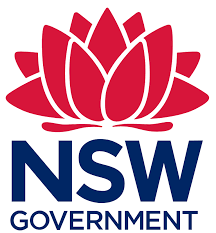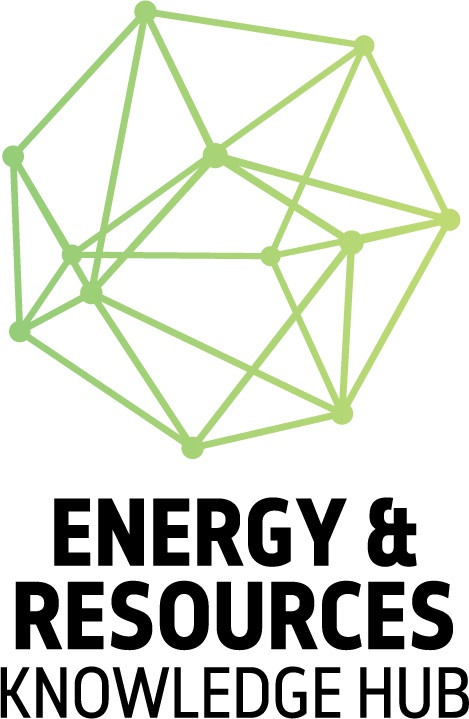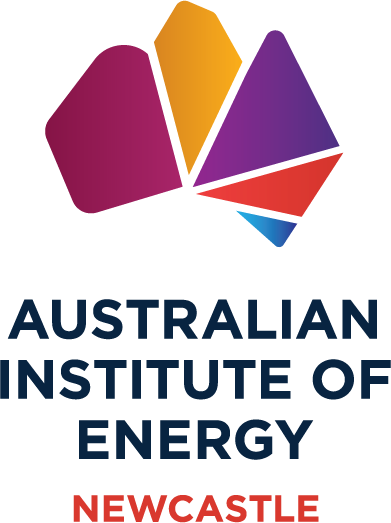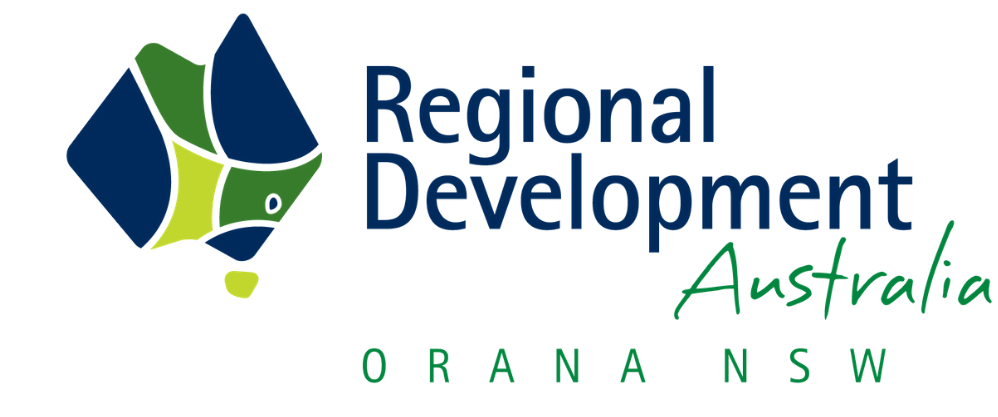Projections show strong future for Australian hydrogen export market to Germany
Landmark Australian-German study predicts strong future for Australian hydrogen in supplying growing demand in Germany.

The Case for an Australian Hydrogen Export Market to Germany: State of Play report was released last week by Australian consortia led by the University of New South Wales (UNSW), Deloitte Financial Advisory and Baringa Partners.
The report is the first from the HySupply project, a collaboration between Germany and Australia investigating the feasibility of a supply chain spanning the production, storage, transport and use of hydrogen produced from renewable energy.
The report analyses the costs of producing hydrogen and hydrogen-based energy carriers (such as ammonia) using renewable energy, and shipping options for export to Germany.
The report shows that Australia will be competitive as a hydrogen exporter, even when compared to countries located closer to Germany, as the shipping distance between ports is a relatively minor component of overall supply chain costs.
It suggests shipping hydrogen in the form of ammonia and other energy-based carriers may be early options for viable export and highlights the value of hydrogen export hubs for Australian regional development.
The new Australia-Germany Hydrogen Accord, signed by both countries in June this year, will leverage this significant preparatory work by HySupply.
The Government has now invested more than $1.2 billion into accelerating the development of Australia’s hydrogen industry, with clean hydrogen a priority under the Technology Investment Roadmap.
The Government has also committed over $500 million to build new international technology partnerships, which are integral to realising the vision of the National Hydrogen Strategy for Australia to be a major global player in hydrogen by 2030.
Hydrogen exports could directly support 16,000 jobs by 2050 in Australia, plus an additional 13,000 jobs from the construction of related renewable energy infrastructure.
Australian hydrogen production for export and domestic use could generate more than $50 billion in 2050.












